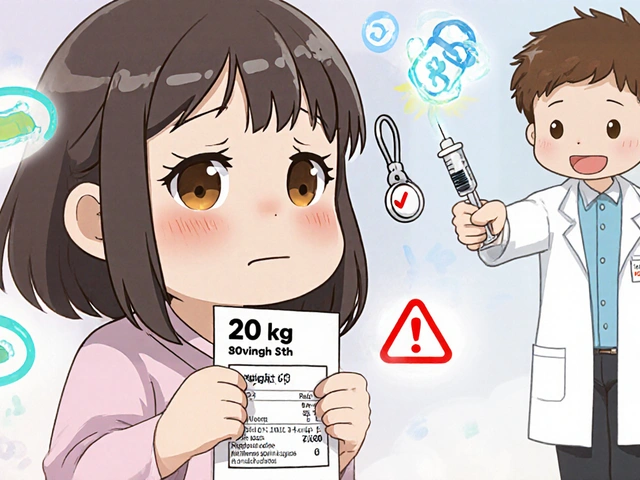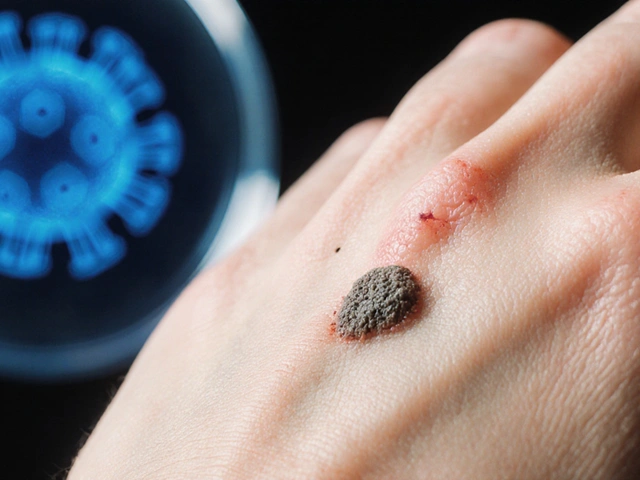Parasympathomimetic Drugs: What They Are and How They Help
When your body needs to slow down—after a meal, during rest, or while healing—it turns to the parasympathomimetic, a class of drugs that activate the part of your nervous system responsible for rest and digestion. Also known as cholinergic drugs, they mimic the action of acetylcholine, your body’s main calming neurotransmitter. These aren’t stimulants. They don’t speed you up. Instead, they help your body do what it’s already designed to do: digest food, lower heart rate, tighten the bladder, and reduce eye pressure.
Parasympathomimetics work by either boosting acetylcholine levels or directly stimulating muscarinic receptors, the specific receptors in organs like the eyes, heart, and gut that respond to calming signals. This is why they’re used in glaucoma treatments—to squeeze fluid out of the eye—or in urinary retention, to help the bladder contract. They’re also used in cases where the autonomic nervous system is out of balance, like after surgery or in certain types of slow heart rate. These drugs don’t fix the whole system, but they give it a nudge in the right direction.
What you won’t find in this collection are vague generalizations. You’ll find real comparisons: how one parasympathomimetic stacks up against another, why a doctor might pick it over a different treatment, and what side effects actually matter in daily life. You’ll see how these drugs interact with other medications—like those for high blood pressure or depression—and why timing and dosage make all the difference. Some posts dive into off-label uses, others into cost and safety, and a few into how they fit into broader treatment plans for conditions like dementia or POTS. This isn’t theory. It’s what patients and clinicians actually deal with.
If you’re wondering whether a parasympathomimetic is right for you—or someone you care about—this collection gives you the facts without the fluff. No marketing. No hype. Just clear, practical information on how these drugs work, who they help, and what to watch out for.
The History of Bethanechol: A Timeline of Its Development and Use

Bethanechol is a decades-old cholinergic drug used to treat urinary retention and bladder dysfunction. Learn how it was developed in the 1930s, how it works, and why it's still prescribed today despite newer alternatives.
read more



